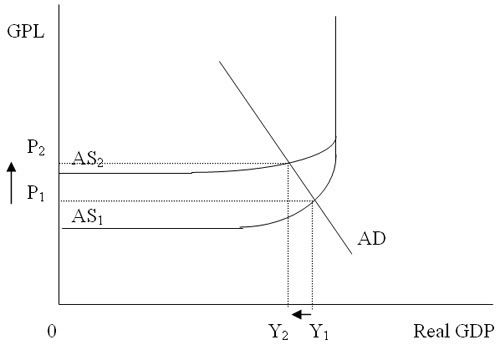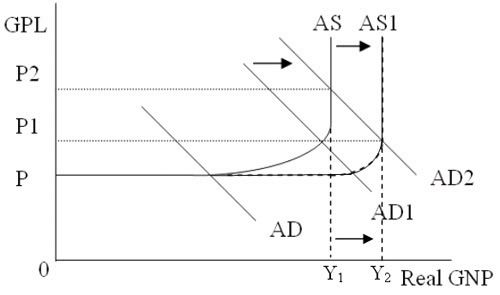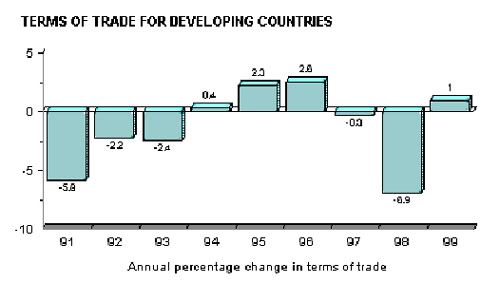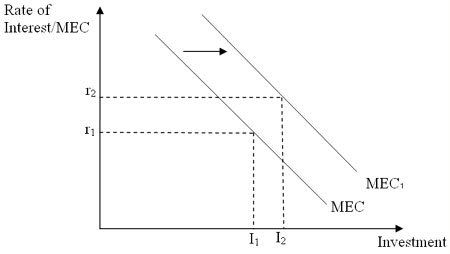ONE
Recently, when I went to McDonald's I saw on the menu that you could
have an order of 6, 9 or 12 Chicken McNuggets. I asked for a half dozen
nuggets. "We don't have half dozen nuggets," said the teenager at the
counter. "You don't?" I replied. "We only have six, nine, or twelve," was
the reply. "So I can't order a half dozen nuggets, but I can order six?"
"That's right." So I shook my head and ordered six McNuggets
TWO
I was checking out at the local Wal-Mart with just a few items and the
lady behind me put her things on the belt close to mine. I picked up one of
those "dividers" that they keep by the cash register and placed it between
our things so they wouldn't get mixed. After the girl had scanned all of my
items, she picked up the "divider", looking it all over for the bar code so
she could scan it. Not finding the bar code she said to me, "Do you know
how much this is?" I said to her "I've changed my mind, I don't think I'll
buy that today." She said "OK," and I paid her for the things and left. She
had no clue to what had just happened.
THREE
A lady at work was seen putting a credit card into her floppy drive
and pulling it out very quickly. When I inquired as to what she was doing,
she said she was shopping on the Internet and they kept asking for a credit
card number, so she was using the ATM "thingy."
FOUR
I recently saw a distraught young lady weeping beside her car. "Do you
need some help?" I asked. She replied, "I knew I should have replaced the
battery to this remote door unlocker. Now I can't get into my car. Do you
think they (pointing to a distant convenience store) would have a battery
to fit this?" "Hmmm, I dunno. Do you have an alarm, too?" I asked. "No,
just this remote thingy," she answered, handing it and the car keys to me.
As I took the key and manually unlocked the door, I replied, "Why don't you
drive over there and check about the batteries. It's a long walk."
FIVE
Several years ago, we had an Intern who was none too swift. One day
she was typing and turned to a secretary and said, "I'm almost out of
typing paper. What do I do?" "Just use copier machine paper," the secretary
told her. With that, the intern took her last remaining blank piece of
paper, put it on the photocopier and proceeded to make five "blank" copies.
SIX
A mother calls 911 very worried asking the dispatcher if she needs to
take her kid to the emergency room, the kid was eating ants. The dispatcher
tells her to give the kid some Benadryl and should be fine, the mother
says, I just gave him some ant killer..... Dispatcher: Rush him in to
emergency!
Life is tough...
it's tougher if you're stupid."








